Tasty Retreats
Historic Villas Offer Travelers Chance to Experience Local Flavors, Too

WRITTEN BY
Seong Hye-kyeong
Illustrated by
Cho Kyungkyu
The best repose is said to be eating well, sleeping well and relaxing well. Could that be why a place for ultimate relaxation, a villa is always filled with taste and beauty? The stunning, natural wide-range scenery can only be treasured here. We introduce you to the beauty and taste of Korea with some villas that contain Korea’s modern history.
1
Yulmok Library Incheon: Layered History of the Early Modern Past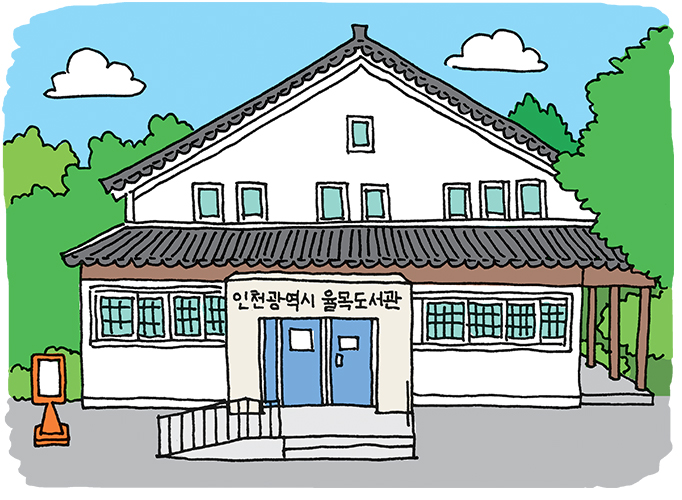
Incheon was Korea’s second open port after Busan. After the opening of Incheon’s port, many foreigners moved to the city, including Westerners, Chinese and Japanese. Foreigners built homes and villas on hills with good views. The Yulmok Library, too, was originally a foreigner’s villa. A Chinese interpreter built a villa on the site, which has a view of Incheon Harbor. He later handed it over to a Japanese merchant. After Korea’s liberation from colonial rule, it was used as housing for the U.S. military. Finally, the city of Incheon received the property and remodeled it as Incheon’s first city library. The villa’s original main hall has been demolished, but an annex with a Japanese-style garden remains and is used as a children’s library.
Hwapyeong-dong Naengmyeon:A Piece of Incheon’s History
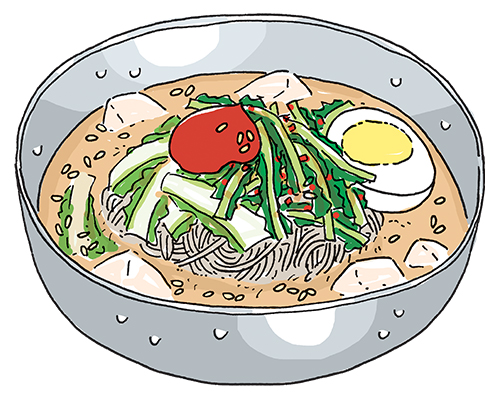
A summer specialty, naengmyeon banishes the summer heat with its chilled broth. Of the many regional varieties of naengmyeon, Incheon’s Hwapyeong-dong naengmyeon is famous for being cheap and plentiful. It began in the 1970s, when workers at nearby factories would continue ordering more and more noodles until somebody just filled up a bowl the size of a washbasin with noodles. Workers and students with more hunger than pocket money got word of this, and Hwapyeong-dong naengmyeon caught on so that there’s now a whole neighborhood of shops.
3
Jeodo Island Secret Garden on the Sea, Jeodo Island
Called “the president’s maritime villa,” Jeodo Island in Gyeongsangnam-do Province is a militarily strategic island that was used by the Japanese military as a communications base and armory in the 1920s. U.S. forces also used it as an armory between Japan’s defeat in World War II and the Korean War. Based on this history, Jeodo Island was one big military facility, but it also became a place of leisure. Thanks to its outstanding scenery of coastal pines and cliffs and its tight security, it was selected to host a presidential villa. It was a secret presidential garden for 47 years. In 2019, some of the facilities were opened to the public, so now anyone can enjoy Jeodo Island’s beautiful scenery.
Namhae’s Gift from the Sea:Anchovies
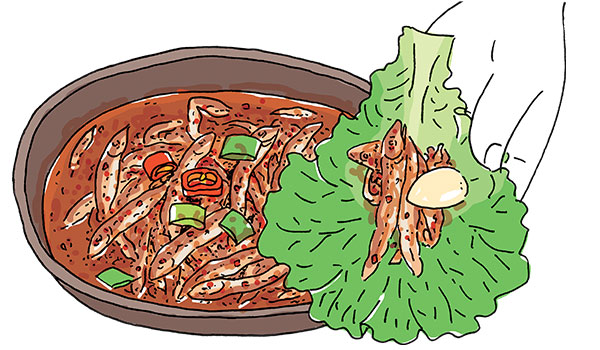
Namhae’s anchovies have to swim in the strong currents of its straits, resulting in a fish that is plump, soft and chewy, with a sweet and sour flavor. You can enjoy Namhae’s anchovies raw, grilled or in stews, but a time-honored local specialty is anchovy ssambap. Simmer the stew of red pepper powder, garlic, dried radish leaves and dried anchovies. Then take the anchovies out and wrap them with rice and other vegetables like lettuce and perilla leaves. You absolutely must try it when you visit Namhae.
5
Rhee Syngman's Villa Hwajinpo: Long a Favorite of the Powerful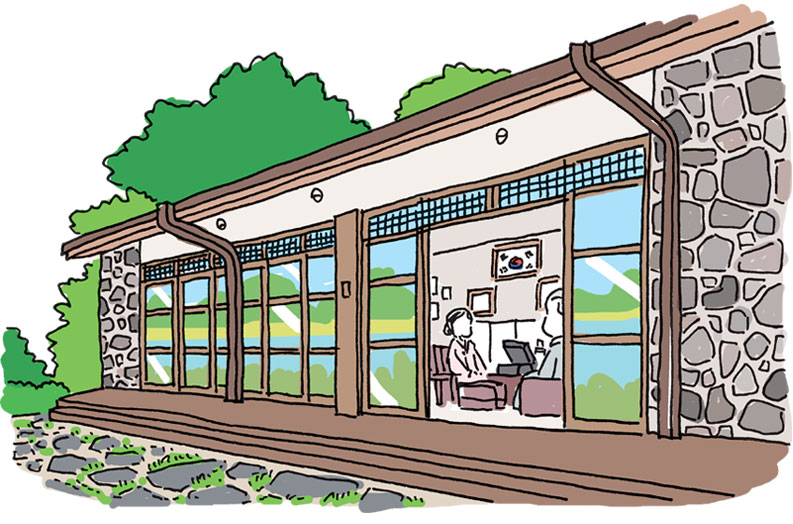
Hwajinpo Lake and Hwajinpo Beach, located in the town of Goseong in the northernmost stretch of South Korea’s East Sea coast, is graced with outstanding scenery. This is why the villas of three of Korea’s most powerful historical figures―South Korea’s first president Rhee Syngman, North Korea’s first leader Kim Il-sung, and South Korean vice president Lee Ki-poong―are located there, less than a three minutes’ drive apart. Rhee’s villa is surrounded by a thick grove of pines and has a great view of Hwajinpo. In was built in 1954, fell to ruin in 1961, and was restored as a museum in 1999. Visitors can see how Rhee lived thanks to the personal items donated by his descendants. The home is rather humble, but it boasts the best scenery of the three villas.
The Fresh Taste of Gangwon-do Province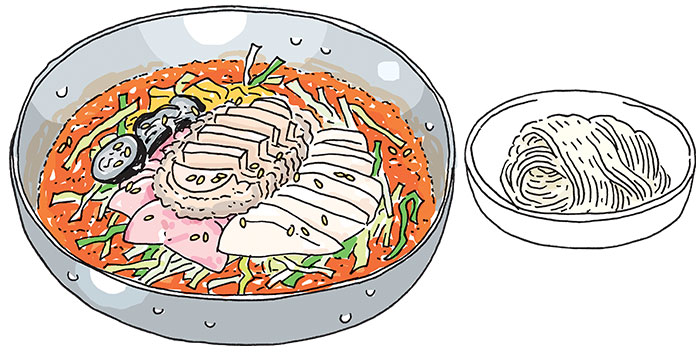
A summer specialty of Gangwon-do Province is mulhoe, a bowl of chilled meat broth, tangy seasonings and fresh fish. The dish began with fishing boat crews who would slice up their commercially worthless fish, put it in cold water, add red pepper paste and sesame oil, and drink it up like a soup. It’s now a popular dish along Gangwon-do Province’s coast and Pohang. With halibut, squid, sea cucumber and other maritime delights, the “everything mulhoe” of Goseong is particularly distinct. The broth is both sweet and tangy, prepared with red pepper paste, cucumber, pear and sugar. In Goseong, you add in guksu noodles after you’ve finished the fish.
Other Articles
-
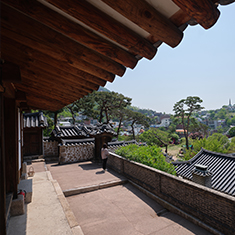
Special Ⅰ Royal Heritage
-
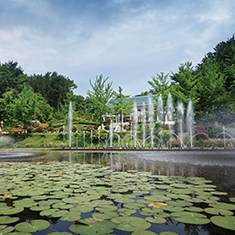
Special Ⅱ A Leisure Space for All
-
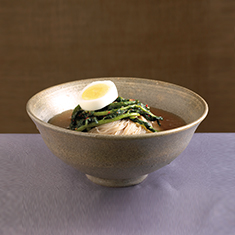
Trend Tasty Retreats
-

Hidden View Hidden Elephant
-
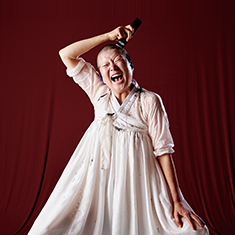
Interview Unique Movements
-
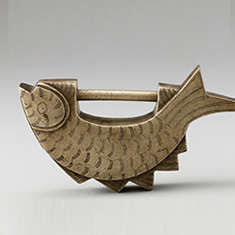
Art of Detail Through the Keyhole
-
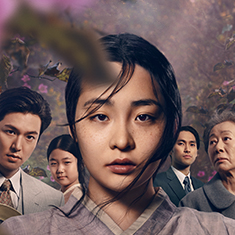
Film & TV A Story About Gravity
-

Collaboration The Endless Possibilities
-

Current Korea Again, Republic of Korea
-

Global Korea Organizing Korean
Cultural Experiences
